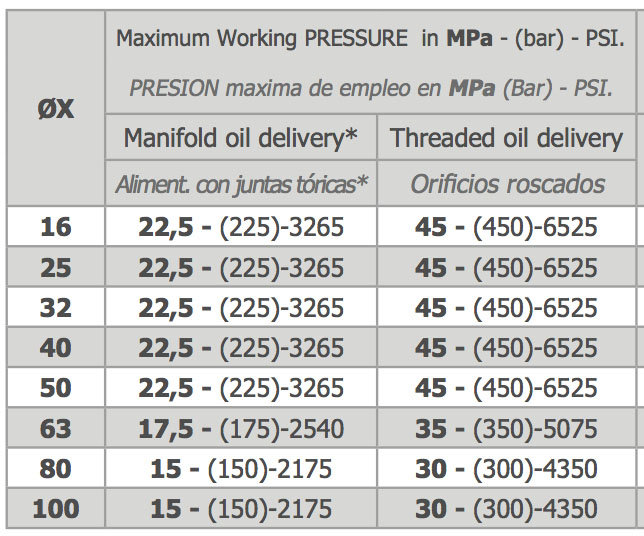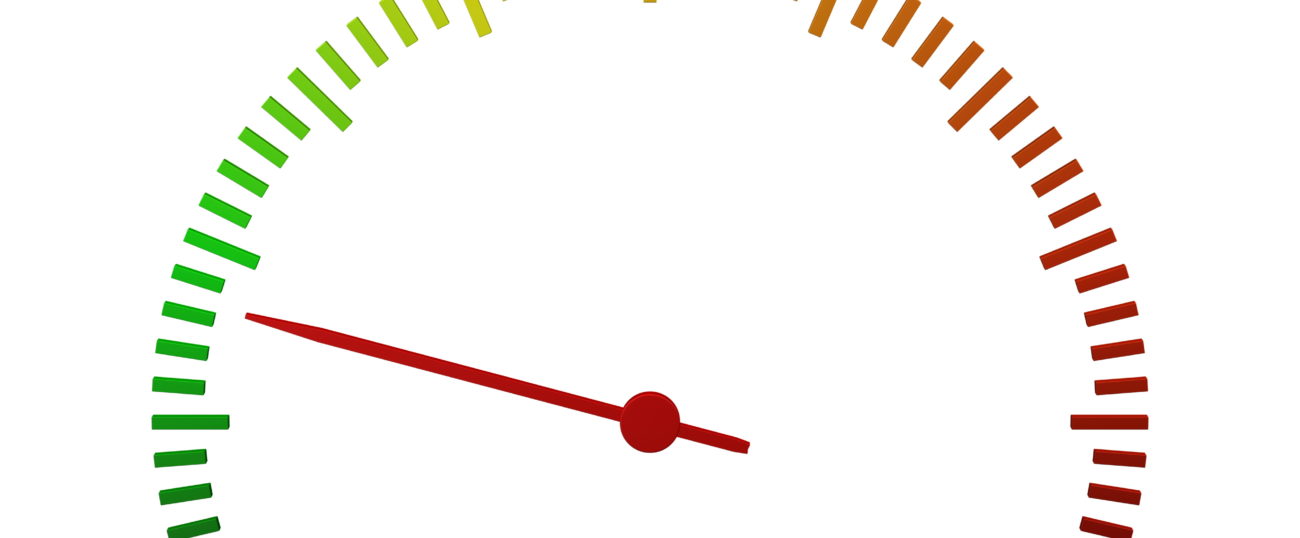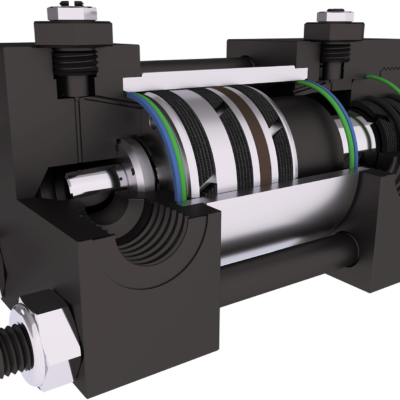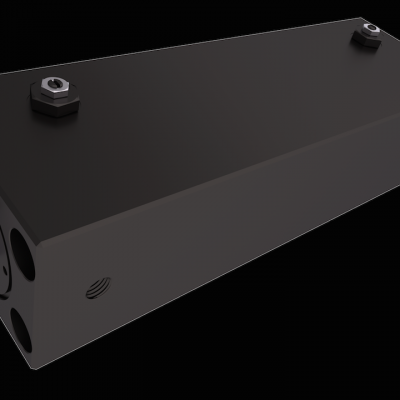Sometime ago I received this question from one of Vega’s distributor and at first i though it was an easy answer, but then I realised that also other people were not aware of this small but important detail.
Let’s start with an example, we consider now VEGA V450CM block or compact cylinder and on its catalogue at page M4 there is a chart (here is the link to V450CM catalogue).

This chart is made up of 3 columns, starting from left side, Bore Size, Max Working Oil Pressure for Manifold Delivery Ports, and Max Working Oil Pressure for standard Threaded Ports.
From Bore 16 to 50, the correspondent Oil Pressure values are constant and equal. But from Bore 63 and upward, Oil Pressure values are decreasing. Why does this occur?
Some might think that Vega cylinder’s body or piston are built using low quality steel and therefore are not strong enough to hold the force generated by the oil pressure. Obviously the truth is far from this though!
There are 2 different reasons, one for each Oil Port Set. The first involves the Manifold Oil Ports, and in order to fix the compact cylinder 2 or 4 radial though holes with a keyway are bore in the cylinder body and placed in contact with the mould plate. Oil is delivered to the cylinder through 2 direct holes from the mould plate and between the 2 surfaces and the 4 delivery oil holes there are 2 o-rings, placed in that specific location to prevent any leakages.
When the oil pressure peaks, the rod pushes/pulls with more force and the body will be stressed either frontward or backward. This movement is called torque or bending effect, and sometimes it is very strong. The screws holding body and mould plate together might not be enough to prevent oil leakages. The steel used for some standard screws might be too elastic to hold the body in the right position. Therefore Vega humbly suggests those values in the above chart to express caution when using a cylinder in that specific circumstance.
The second reason linked with the Threaded Oil Ports, involves the resistance of the rod during the pushing movement. As we know the rod is normally connected to the mould core using a male/female threaded surface. Even though the rod is sturdily constructed using special alloy steel with surface hardening HV1600÷700 and tensile strength ~ 100÷120 daN/mm2, the smaller size of the diameter of the rod offers this disadvantage. On the other hand Vega’s Compact Cylinders offer a big advantage when Pulling, in fact a smaller rod size offers more contact surface to oil pressure thus generating an EXTRA boost. Is this important? Of course it is, since many a times mould makers do not consider the plastic shrinkage rate once the moulded part is solidified.
Pulling force is very important in Injection Moulding and Vega’s Compact or Block Cylinders are built to resist to these stresses!




